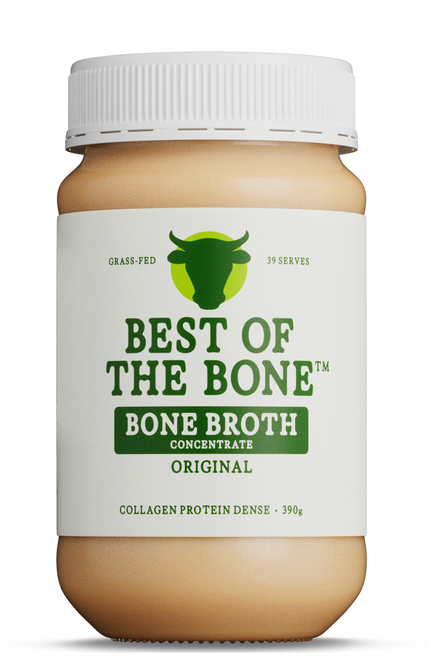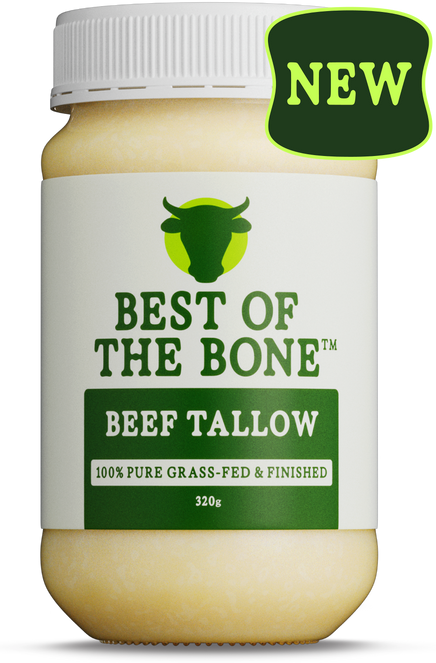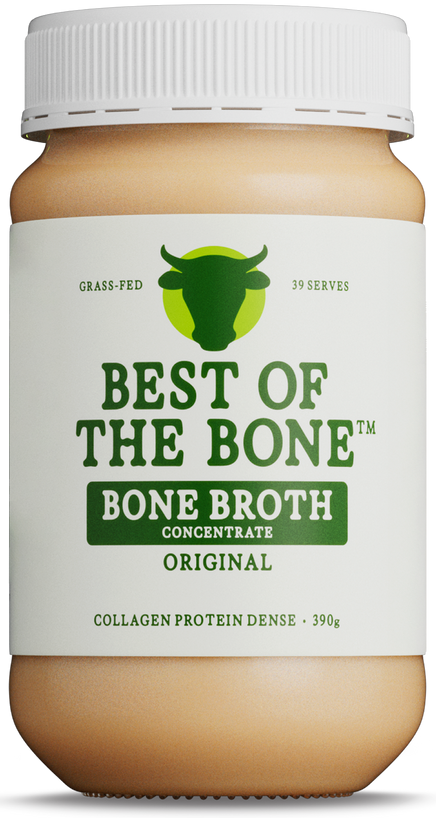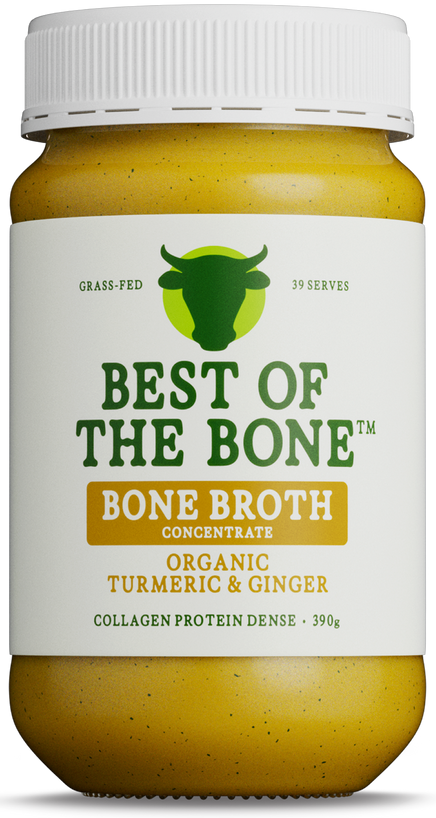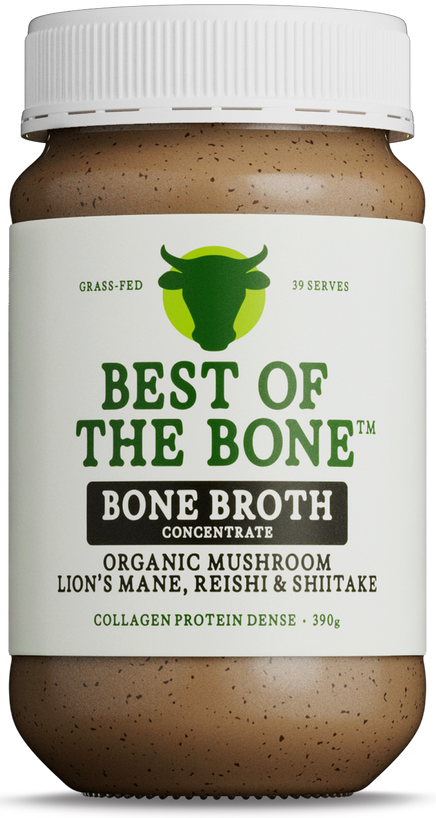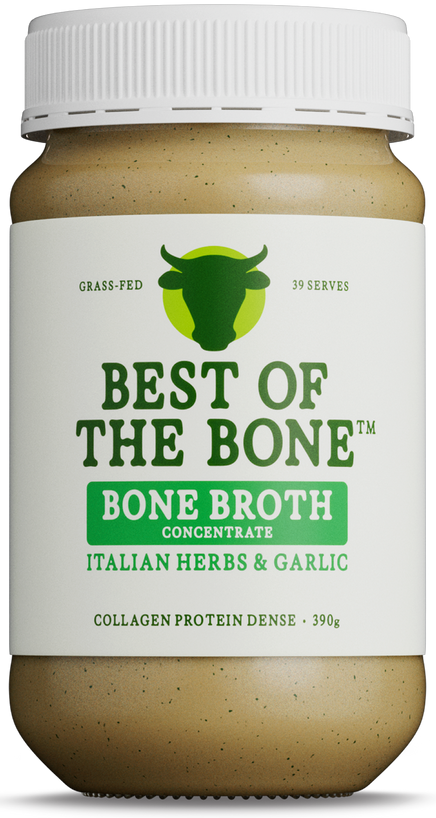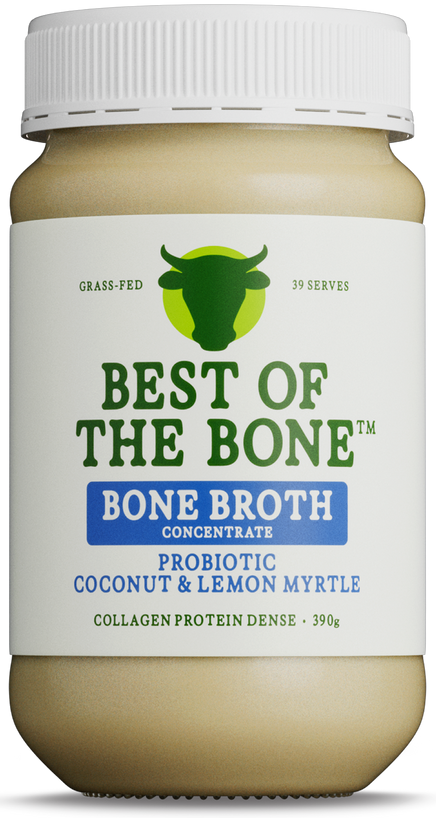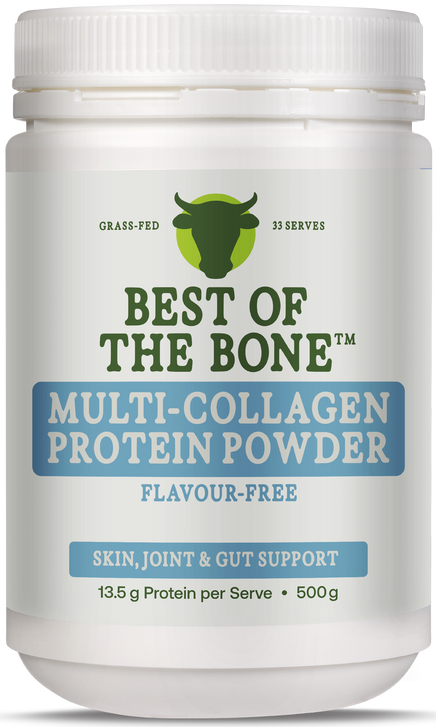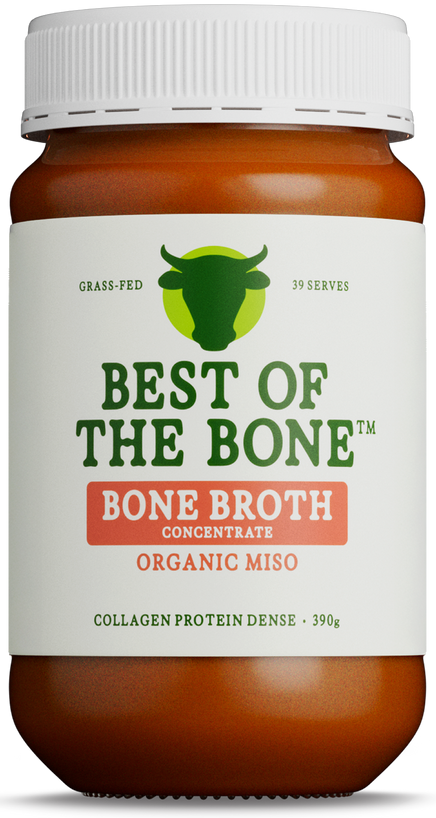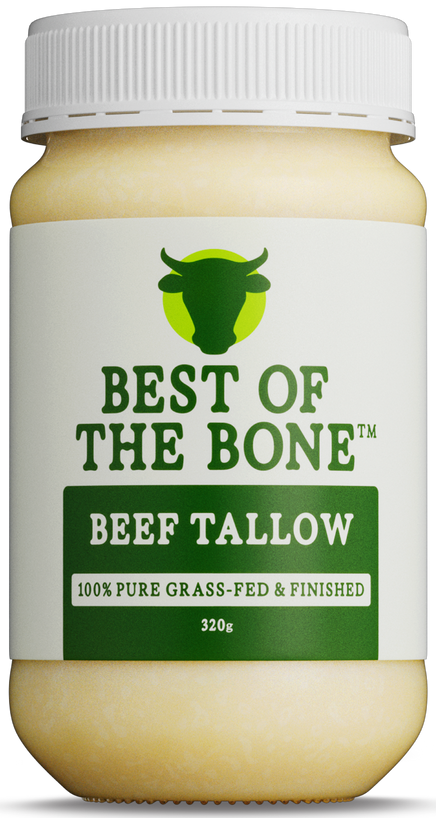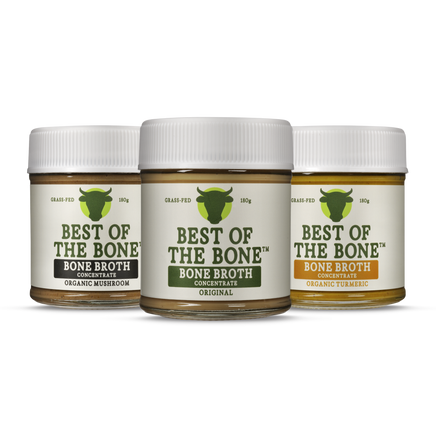Tallow in Traditional and Ancestral Diets: Why We Should Bring It Back
For centuries, beef tallow was a household staple, revered for its cooking performance, nutrition, and versatility. Only in recent decades did it fall out of favour due to the rise of industrial seed oils marketed as “healthy.” Today, science supports what traditional cultures have long known: natural animal fats like tallow are superior for cooking and overall well-being.
The History of Tallow in Traditional Diets
Long before seed oils existed, tallow was a primary cooking fat across many cultures, people relied on this pure, naturally stable fat for:
✅ Cooking & Frying – Tallow's high smoke point (215-250°C) made it ideal for frying and roasting without breaking down into harmful compounds.
✅ Skincare & Healing – Tallow was used in balms and ointments due to its moisturizing and protective properties.
✅ Candle & Soap Making – A byproduct of traditional meat consumption, tallow helped minimize waste while creating essential household items.
Unlike modern processed fats, ancestral communities thrived on tallow without the chronic health issues we see today.
Why Tallow is a Nutrient Powerhouse
Packed with Fat-Soluble Vitamins
Beef tallow is a nutrient-dense fat packed with essential vitamins and fatty acids.
- Vitamin A supports vision and immunity
- Vitamin D aids bone health and mood regulation
- Vitamin E is a powerful antioxidant
- Vitamin K is vital for calcium metabolism, heart health and bone mineralisation.
Rich in stearic acid
A beneficial saturated fatty acid known for:
- Neutral effect on cholesterol levels, unlike other saturated fats that negatively impact cholesterol
- Supporting mitochondrial function, helping to improve energy production at the cellular level.
- Remaining stable during cooking, reducing the risk of harmful oxidation.
🔥Heat Stable & Perfect for Cooking
One of tallow’s standout benefits is its high smoke point of approximately 200–215°C (392–419°F). Unlike seed oils, which oxidise and break down under high heat, and contribute to inflammation, chronic disease, and oxidative stress. Tallow remains stable during frying, roasting, and sautéing, this combined with its stearic acid content, not only enhances the flavour of food but also protects it from oxidation. Its neutral, savoury profile complements both meats and vegetables, creating rich, delicious results every time.
Sustainability: Why Tallow is Zero-Waste Superfat
Beef tallow is an excellent example of nose-to-tail eating, a practice that utilises the entire animal to minimise waste. Historically, tallow was prized for cooking, soap making, and even candle production. Today, it continues to align with sustainable agriculture and ethical eating, as it is often derived as a by-product of grass-fed beef production.
By choosing tallow, consumers help reduce reliance on heavily processed seed oils, which require chemical solvents, high heat, and monoculture farming practices that degrade the environment. Tallow, especially from grass-fed and finished cattle, is a more sustainable, natural option.
The Bottom Line
By reintroducing beef tallow into our kitchens, we return to a clean, nutrient-dense, and sustainable source of energy. With its high levels of stearic acid, fat-soluble vitamins, and unmatched stability, it supports modern dietary needs while steering clear of the health pitfalls associated with heavily processed oils. With its rich history and numerous benefits, beef tallow is not only a nod to tradition but a vital step forward in reclaiming our health.
Ditch the seed oils. Embrace real food. Bring back tallow. 🔥

